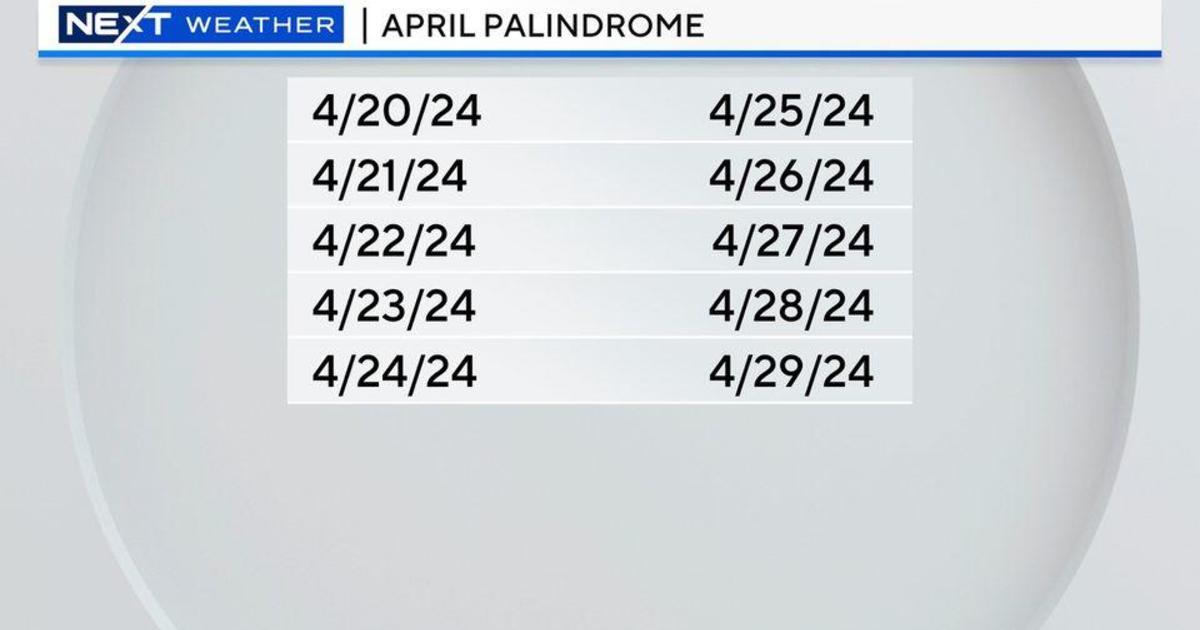Science of Weather: Different colors in the sky
We experience beautiful sunrises and sunsets here in Michigan all the time. Cotton candy-colored sunsets are my favorite, and I'm sure you have your favorites too. Have you ever wondered why we see certain colors sometimes and not others? Well, there's a scientific reason for that.
Let's start back to the basics: why is the sky blue on a sunny day? It's how the sun's light reaches Earth. That light is actually made up of different colors, and the energy travels in waves.
If we took a crystal prism and directed sunlight into it, we would see the separation of the colors in the rainbow. Our eyes see the visible light spectrum of red, orange, yellow, green, blue, indigo, and violet.
The longest wavelengths will look red, and as the wavelengths become more and more choppy, we see blue or purple colors. As light enters the earth's atmosphere, it becomes more scattered from the gases in the atmosphere. Our atmosphere scatters mostly the blue wavelengths, so that's what we see on a clear day. The other wavelengths are still there just not scattered, so those appear white.
We will however see other colors when there's a rainbow due to raindrops acting like little prisms bending the light. Even clouds can get hints of different colors, towards sunrise and sunset. This is because clouds are made up of tiny water droplets and ice crystals which also separate the colors.
Speaking of sunrises and sunsets, as the sun gets lower the rays are traveling through more of the earth's atmosphere. The blue choppy wavelengths tend to not be scattered as much, while the warmer colors become more visible to our eyes.
However, there are other factors that could contribute to our entire sky turning red, like large dust particles, pollution, wildfire smoke, water vapor, and overall poor ozone. NASA has satellites in which detect aerosols (which are bad pollutants) and give forecasters an air quality report for a specific area. Even if we see dark ominous skies, like green and gray colors that can be associated with storms.
NEXT Weather Meteorologist Kylee Miller says, the different colors in the sky are important to us in unique ways, and we appreciate you sending in your weather photos, so keep sending them to your NEXT weather team.




